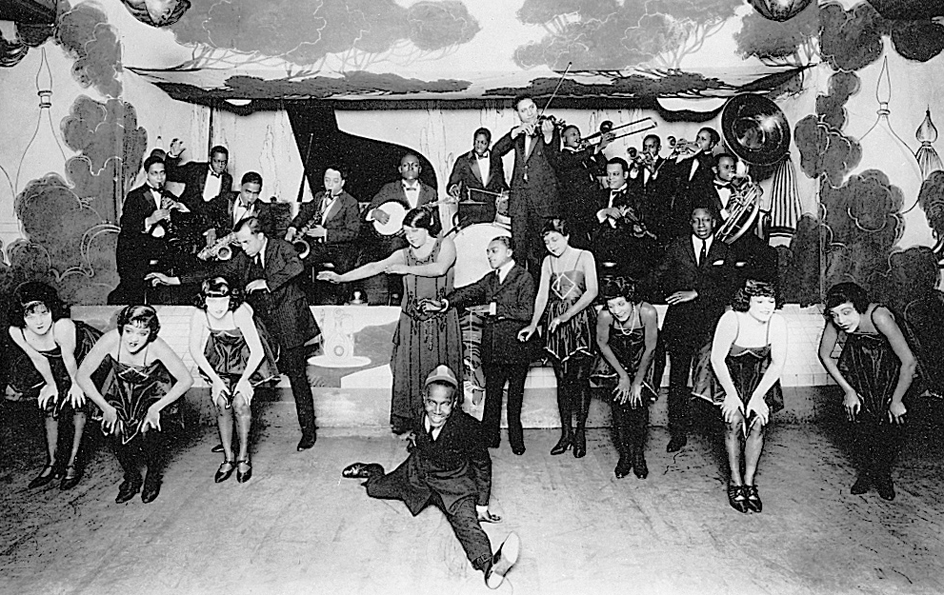Flapper is a term applied to young women who adopted certain styles of dress and projected a carefree lifestyle in the late 1910’s and the 1920’s. Images of these stylish but outwardly frivolous young women became enduring symbols of the Roaring Twenties , a period of prosperity and pleasure seeking in the United States. The use of the word flapper for such women came partly from the use of the term for a young bird, just able to fly and leave its nest.

Following the end of World War I (1914-1918), many Americans sought to forget about the troubles in Europe and simply have a good time. An improving economy and the growing popularity of motion pictures, jazz music, and other forms of entertainment helped many pleasure seekers reach their goals. Automobiles became affordable for many people, and by the mid-1920’s, radio brought music, news, dramas, and comedies into millions of households. The 18th Amendment to the U.S. Constitution, which prohibited the manufacture and sale of alcoholic beverages, went into effect in 1920. After prohibition began, however, many Americans began to make their own liquor at home or purchase alcoholic drinks in illegal bars called speakeasies. Also in 1920, the 19th Amendment extended the right to vote to women. Modern women were now driving cars, attending college, and considering a future beyond marriage and home life.
Before World War I, women had worn long hair, full-length dresses, and long stockings. But by the 1920’s, many wore short, tight dresses and rolled their stockings down to their knees. They cut their hair in a boyish style called the bob and wore bright lipstick and other makeup. Couples danced the lively Charleston or thrilled to exciting jazz music.
Interest in the flappers helped sell many newspapers, books, and other publications. A number of magazines celebrated the fashions and mannerisms of these liberated young women. The novelist F. Scott Fitzgerald centered many of his stories on the so-called “flaming youth” of the 1920’s. His collections of short stories, Flappers and Philosophers (1920) and Tales of the Jazz Age (1922), introduced several memorable flapper characters. Illustrator John Held, Jr., popularized the flapper lifestyle in his cartoons for The New Yorker, Vanity Fair, and other magazines. Historians credit the 1920 silent film The Flapper as the first depiction of the confident, sassy character in film. The motion-picture star Clara Bow became one of the most popular symbols of the flapper, both on- and off-screen.
A number of newspaper columnists at the time expressed dismay at what they considered the aimless lifestyle of these female teenagers and young adults. They disapproved of the girls’ obsession with clothes, socializing, smoking of cigarettes, and disrespect for authority.
